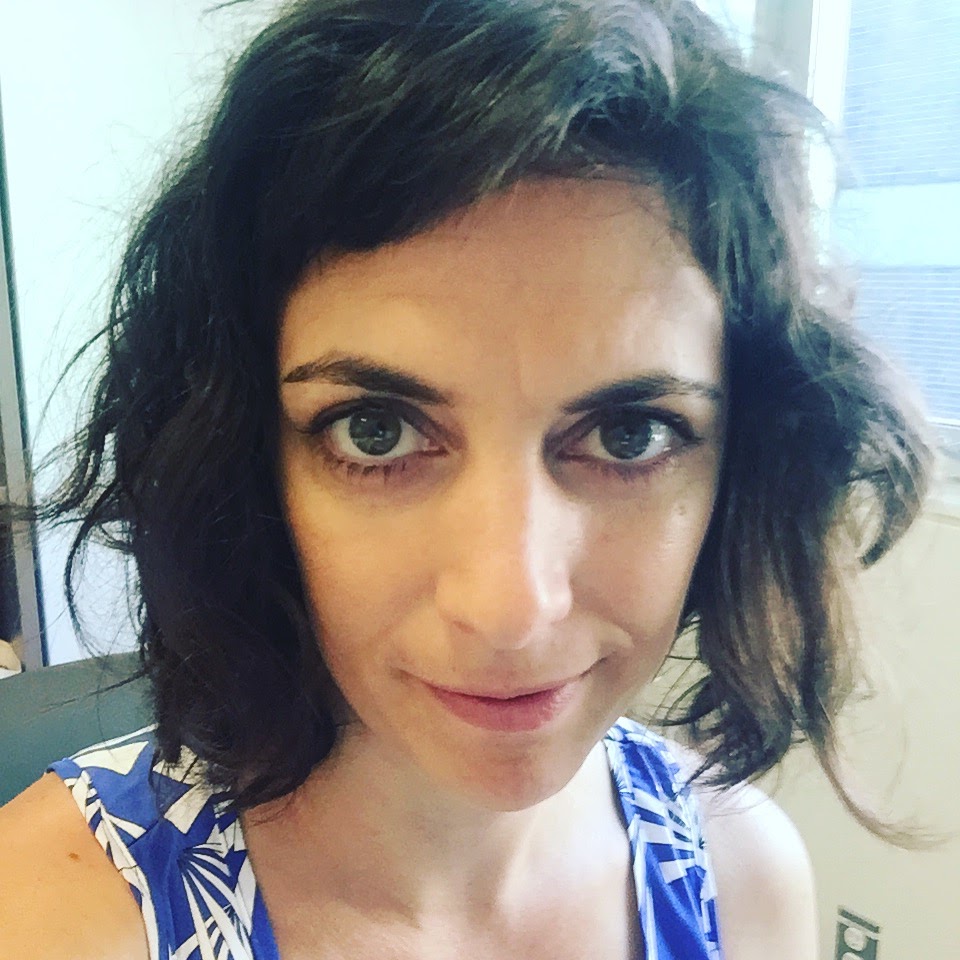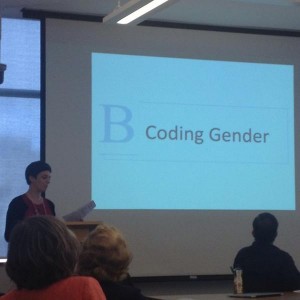I was invited to speak at a recent event that gathered nearly all of the Canadian Chairs for Women in Science and Engineering together, along with archivists and other academics, in the quest to create the Archives of Women in Science and Engineering in Canada. It was the potential of social media for this endeavour that I was specifically asked to address and I find it nearly impossible, these days, to speak about social media without speaking about the normative logics embedded in the software’s code.
Is social media gender-neutral? @renabivens talks about it at #WiSELegacy pic.twitter.com/MHznJT2Ldz
— Kaleigh Maclaren (@kaleighmaclaren) September 11, 2014As I prepared for the talk, my aim became to connect the work of the conference, entitled Creating the Memories and Celebrating the Legacy of the Bold and the Brave: Building the Archives of Women Scientists and Engineers in Canada, with a specific example of my work as a means of laying the ground work upon which I could ask some provocative questions about the role of software in perpetuating structural inequalities relating to gender. I listened carefully to the speakers who came before me to try and tease out the reasons why those in attendance might feel that we have arrived at this juncture. It was painfully clear that we were not there to create memories and celebrate male scientists and engineers. So why do archives of women scientists and engineers need to be built? Why are other marginalized groups also lacking archives?
To answer this question, I tend to focus on the intersection of power and gender – specifically, how power is embedded in the way we think, talk, and do gender again and again each day and the social structures that sustain and reproduce gendered power relations. I’m particularly interested in (and working on) how to extend these ideas to software and I tend to come at this issue from the broad social problem of gender-based violence.
I’ll leave you with the questions I posed at the end of my talk.
- What types of gender inscriptions in software might serve as obstacles to both our discovery and sharing of knowledge about women scientists and engineers?
- Consider how design decisions relating to gender can influence who uses the software and the gendered cultures that evolve. Reddit and Pinterest, for instance, have very different technical infrastructures that have attracted different users and content.
- In terms of building archives, how important is it to consider whether the technologies that facilitate our archival work are reproductive of gender roles, assumptions, or stereotypes that we find problematic and perhaps even related to the need to build an archive in the first place?
- Finally, let’s consider the co-production of gender and technology:
- Accept for a moment that creating an archive of Canadian women scientists and engineers is part of a broader social project related to gender equality. And that the work of creating the archive and making it accessible has particular social effects – such as, shifting social perceptions and producing ways of seeing and doing gender that ultimately work towards combating gender inequality.
- THEN, if we agree that gender and technology mutually shape one another, what impact will these shifts – prompted by archival work – have on technological development more broadly? And, if we end up modifying or developing technologies while creating the archive, how might these new technologies recursively shape gender?
Here is the title and abstract of my talk:
Is Social Media Gender-Neutral? The Intersection of Software Design and Knowledge Sharing
The lack of diversity in the fields of technological design and engineering has an impact on the gendered values, assumptions and stereotypes that become embedded in technologies. As renowned scholar of feminist science and technology studies Judy Wajcman puts it, artefacts are “never merely technical or social.” If it was problematic ideas about gender that contributed to the invisibility of Canadian women scientists and engineers in archives and in underestimations of their accomplishments, should we investigate how they might also be inscribed in social media software? We may be most familiar with the user interface of social media software like Facebook and Twitter but the code and database lying under the surface are fundamental components, even if they are more difficult to access or understand. This presentation will consider what it means to share knowledge and build these important archives in social media spaces while navigating broader issues around gender.
Image credit: The image above the title of this blog post is licensed under Creative Commons from flickr user busse.



[…] Rena was a participant and panelist during our September 11th-12th two-day workshop: Creating the Memories and Celebrating the Legacy of the Bold and the Brave: Building the Archives of Women Scientists and Engineers in Canada. This blog posting that discussed her presentation was initially published on her own website. […]